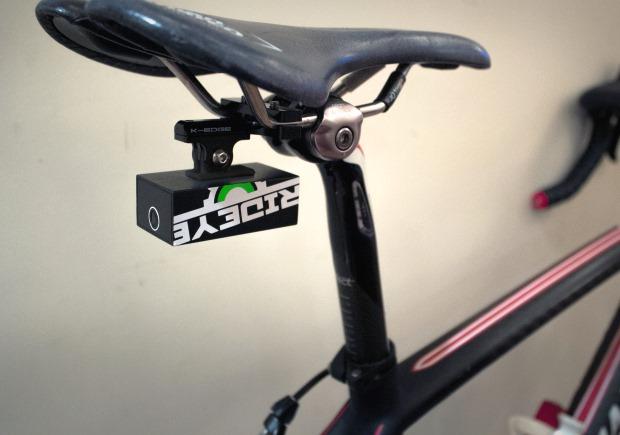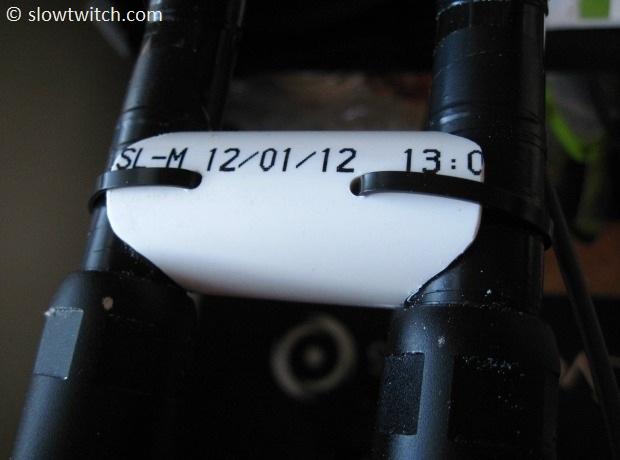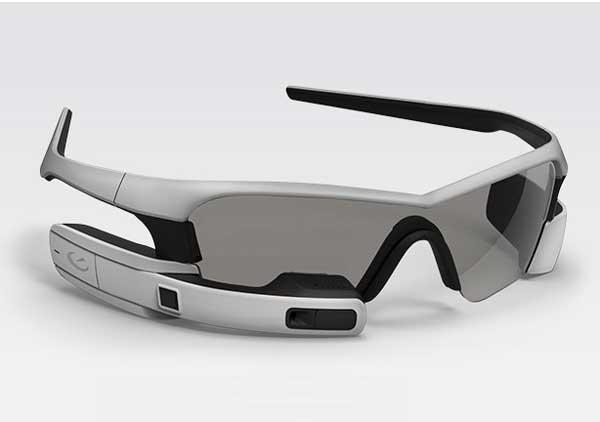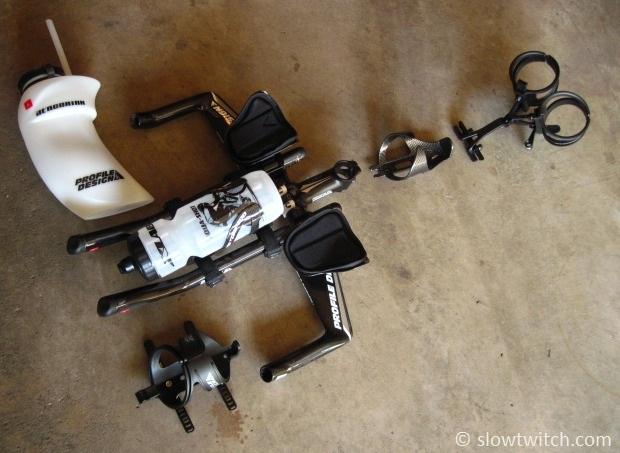Fund the Rideye
Some of you may have heard of a new Kickstarter campaign called Rideye.
The concept is simple. Start with the idea of a personal action camera such as a Go Pro or Contour. Next, multiply the battery life 10 times. Add an accelerometer that can detect a crash to auto-save the video file. Finally, strip away all of the superfluous features to reduce the price to a level that the masses can afford. Make a prototype, launch a Kickstarter campaign to fund your idea, and out comes this little gem – a blackbox recorder for your bike:
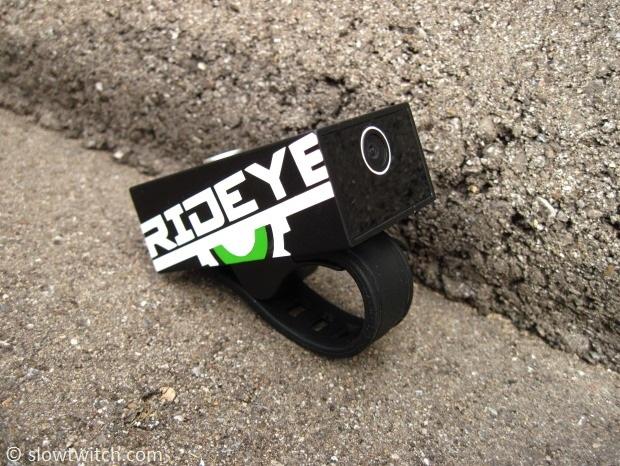
Here are the specifications:
MSRP: $149 (standard 8GB version), $199 (High Capacity 32GB)
Battery life: 24 hours
Weight: 185 grams
Dimensions: 1” x 1.5” x 3”
Recording time: 2.5 hours (8GB) or 10 hours (32GB)
Resolution: 720p (1280 x 720 resolution, 30 FPS, 7 Mbps)
Lens: 120 degree wide-angle
Availability: March 2014
Kickstarter end date: Tuesday, October 15, 2013
Rideye was started by Cedric Bosch, a mechanical engineer and avid cyclist. Bosch was inspired to start the project after a friend of his was struck by a vehicle in a hit-and-run accident.
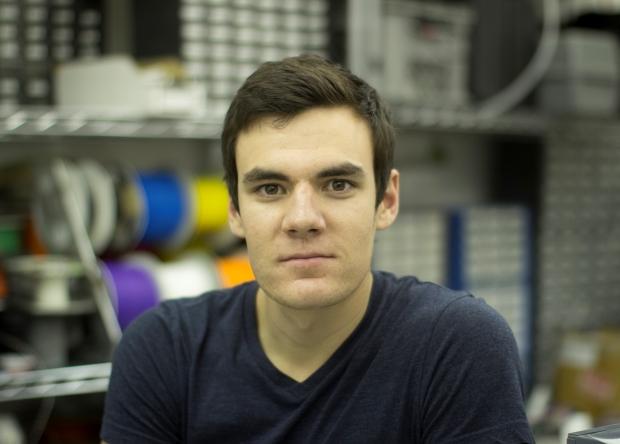
Like many new projects, Bosch opted to use Kickstarter to fund his idea. The original goal was $32,000, but as of this writing, over $63,000 has been raised. Bosch told me that due to so much support, he has already been able to buy parts in higher quantities and offer improved features before the product even starts factory production. For example, the original specification for 4GB of memory has now been upgraded to 8GB or 2.5 hours of recording. A second HC, or High Capacity, version has 32GB of storage space (10 hours of filming).
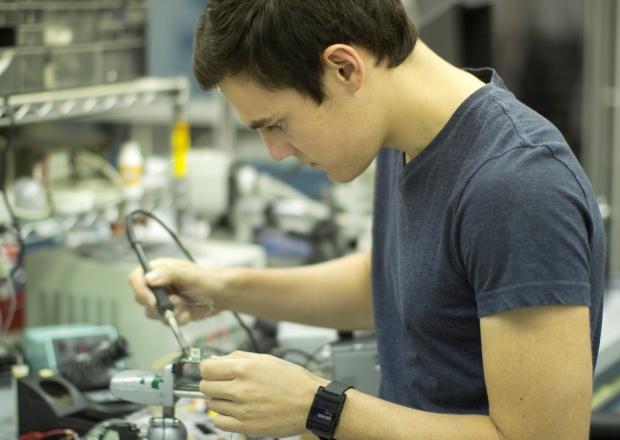
Although they’ve hit and surpassed the funding goal, there is still a reason to pledge money – discounted product. The MSRP of the two versions are $149 for the standard and $199 for the HC. If you back the project now via Kickstarter, you can get the standard for $119 and the HC for $169. Early backers will receive their units about one month before the full release in March 2014.
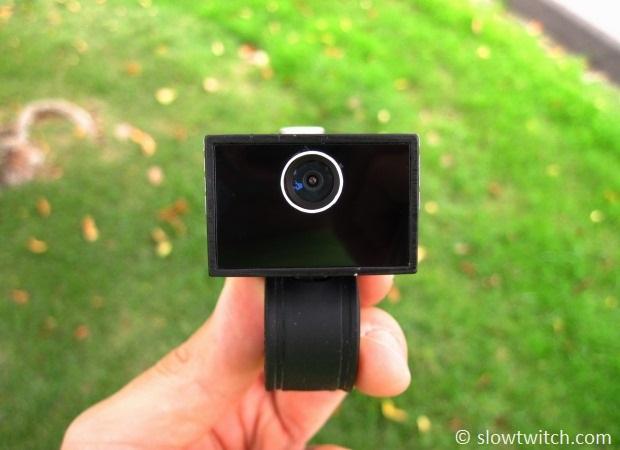
The Rideye records at 720p resolution. That’s not the full-tilt 1080p HD that a Go Pro can capture, but Bosch tells us that it is detailed enough to capture most license plate numbers – along with a very good vehicle description. We plan to do a long-term review of the Rideye to see how well this and other features work.
There is a single button to start and stop the camera. It records on a continuous loop, automatically deleting the oldest information first (ride data is automatically split in to 5 minute segments). If the accelerometer detects a crash, your file will be saved to capture what happened.
The housing of the Rideye is made of aluminum. The smaller silver dot you see is a ‘dummy’ marking on my non-functioning prototype, but will be an LED indicator light on production versions.
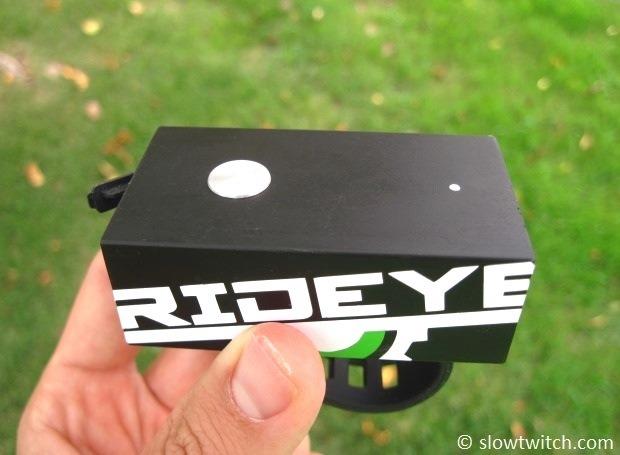
I asked Bosch about the accelerometer; how does it know what is a pothole and what is a crash? According to him, programming was fairly simple due to the fact that severe accidents usually include an impact in the horizontal plane, whereas bumps and potholes are vertical. If a small crash occurs and happens to not trip the accelerometer, the user can manually push the button to stop recording. I also brought up the potential problem of mountain biking over rough terrain, which tends to include much harsher impacts than road riding. Bosch stated that they’re aware of it and are considering adding a manual feature to disable the accelerometer’s crash function.
The Rideye features a mini USB port on the rear for data transfer. Note that the camera does not have a removable micro SD card – Bosch tells us that it introduced too much cost and the potential for water contamination.
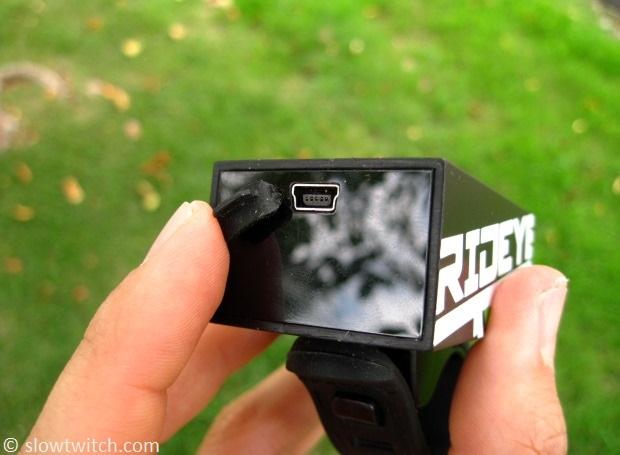
How big is the Rideye? The dimensions are 1” x 1.5” x 3”; larger than a Go Pro without the case, but smaller than a Go Pro with the case. Here’s a comparison to a US one dollar bill:
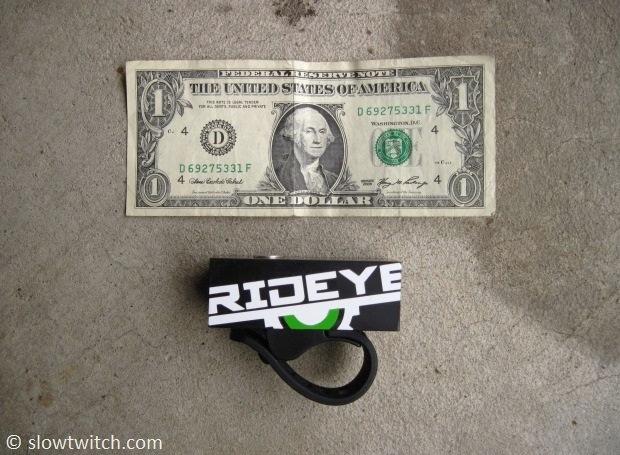
Given the astounding battery life, the size of the camera really surprised me. This photo shows a prototype version with the Lithium-Ion batteries exposed:
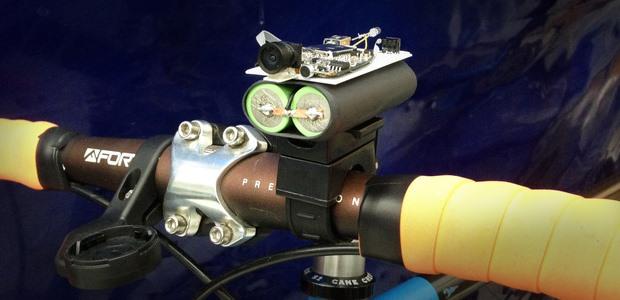
The attachment system is still being refined, but will look very similar to this rubber strap taken from a Serfas bicycle headlight:
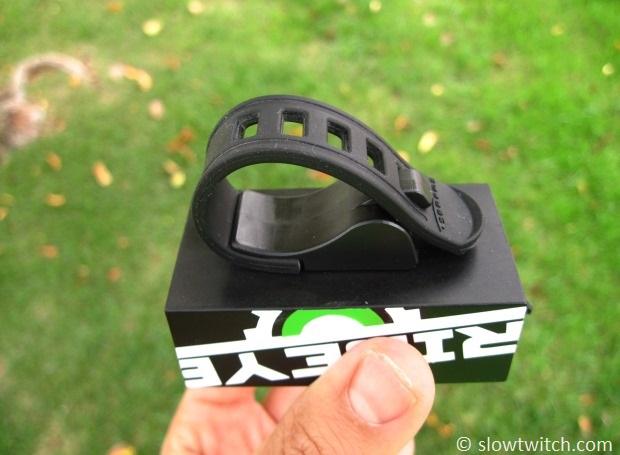
The curve of the mounting location is intended for 31.8mm and smaller handlebars. Rideye will also offer a helmet mount, seatpost mount, and Go Pro-compatible mount option.
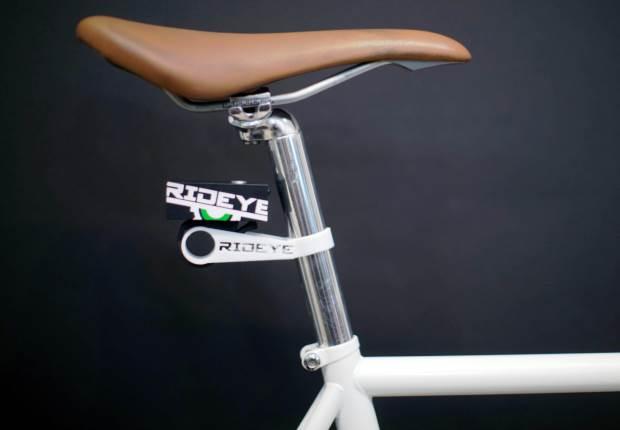
I posed the question of whether or not Rideye would offer anything to support mounting on aerobars or aero seat posts. Bosch responded that – as of this time – they do not have anything in the works. He says that they are looking in to future options, but are focused on getting the initial product to market. I did send him our article on how to make a 31.8mm accessory mount on your aerobars (linked at the bottom of this page), which Bosch said is the best option.
The camera was originally designed to only work right-side up, but they received enough requests for sideways and upside down mounting (as would be necessary with our aerobar mount), that they’re working to update the firmware of the accelerometer to auto-detect orientation when you start filming.
Just to test the mounting system, I strapped the Rideye to a Zipp Service Course CSL bar. This bar has a 31.8mm clamp area and a slightly ovalized top grip section.
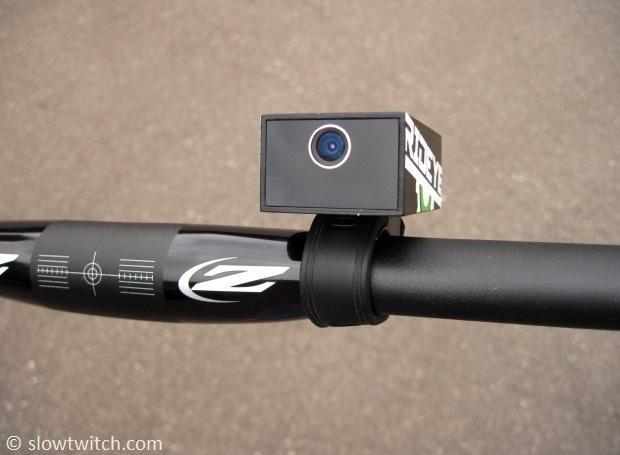
As you can see, this isn’t a true wing-style bar, but has a flattened top.
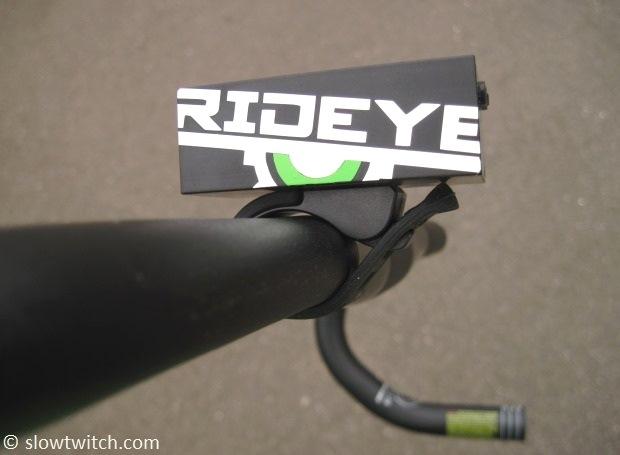
When used with a normal round 31.8mm bar, the mount fits flush. We suggested that they make the rubber strap extra long with cut lines, in case people want to use a deeper bar. A small piece of rubber or foam could be placed on top of the bar to stabilize the camera’s round mount.
On a personal note, this camera is one of the coolest cycling products I’ve seen in a very long time – made more impressive by the fact that Bosch is a kid right out of college. He looked at the action camera from a fresh perspective. What features would be necessary or desirable? What is unnecessary and can be thrown out? I absolutely love the simplicity. Push one button to record; push it again to stop. Charge it once per 24 hours. The 720p resolution, in my opinion, makes this a viable option for those that do want a simple and less-expensive Go Pro substitute. I don’t know about you, but this is the first Kickstarter campaign that I will actually pledge money to.
What has yet to be seen is the quality of execution. We can all think of new companies and products that have stumbled out-of-the-gate due to QC problems and warranties. Technology advances so quickly that if Rideye doesn’t get it right from the outset, a competitor could swoop in and steal the business faster than you can say, “Accelerometer!”
When Rideye goes on sale, it will be available direct through their website, rideye.com. They are also going to distribute through bicycle shops, and are securing fulfillment via Amazon.com. We plan to test a two camera combo through 2014, and will write a long-term review.
—
UPDATE:
Bosch contacted us over the weekend and cited a huge response from Slowtwitch readers wanting to know more about mounting options with aero seatposts.
He writes,
"As you predicted, I received tons of questions about mounting to an aero seatpost. I think the best solution is to use our GoPro adapter along with K-Edge's seat rail mount. I took a picture of this setup, and I think it looks great. Rideye will flip the video automatically."
The only downside is that this would likely displace most saddle bag repair kits and behind-the-saddle hydration systems.
